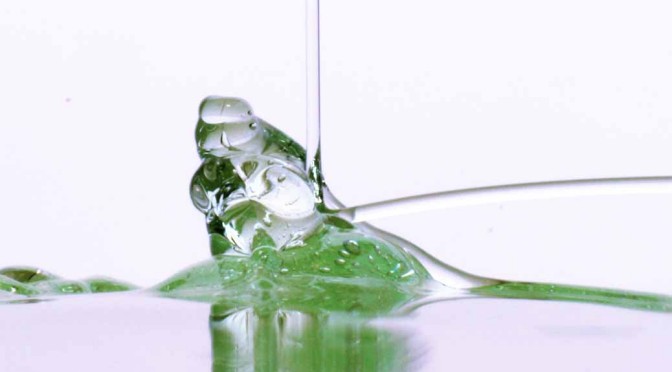By Anupum Pant
The way of making lead musket balls before 1782 involved a lengthy process. And if you had a huge army, then you were in for a massive task. To make each ball:
- A chunk of lead was melted in a crucible
- Poured into a mould
- It was let to stand to solidify
- The mould was broken
- Final finishing of each ball was done
- and each ball was checked for roundness by rolling it on an inclined plane
Then everything changed in the year 1782, when a plumber from Bristol William Watts, got this seemingly simple idea – Drop molten lead from a long tower and let the surface tension do the work.
He got this idea by observing raindrops, which formed perfect spheres while they were free-falling. Before telling anyone about it, he tried implementing his idea. He dropped molten lead into a bath of water from the tower of his local church. It worked perfectly.
He did a couple of other experiments at home and finally patented his idea by the end of the same year. It wasn’t long until shot towers started sprouting all over the world. William made a good fortune out of this.
A shot tower is a long hollow building, like a light house, which has the machinery to melt lead at the top point. The molten lead is dropped into the long hollow shaft through sieves, and the bottom part of the building has a bath of water to catch lead balls. The free falling lead turns into a sphere due to surface tension and solidifies in air due to flowing air. After shots are made, they are lifted from the water and checked for roundness by making them roll on an inclined plane. Defective ones are sent back to the top.
The tallest shot tower ever built was 263 meters long and was constructed in the year 1882. It still stands in the Melbourne suburb of Clifton Hill in Australia. There are several others around the world which are still standing. While many others have either been destroyed by men or nature.
via [PSSA]



